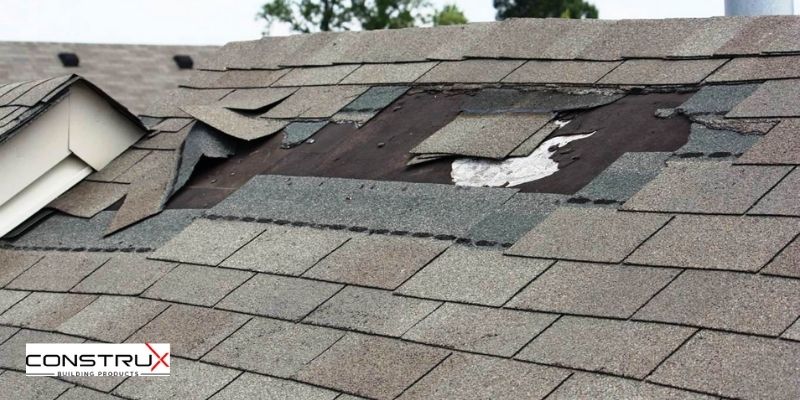
6 Common Signs Your Shingles Are Damaged
Inspecting the roof of your home can help you identify hidden problems that could result in damage. Shingles, a type of roofing material are not something you would want to replace too early. However, regular inspection of your home's shingles will ensure that you avoid expensive repair or replacement.
Without proper monitoring, it may be difficult to know when your shingles are damaged and when a change is required. Damage to the shingles does not happen all of a sudden. There are some signs that it shows. Therefore, here is a list of six common signs, which may indicate the deterioration of your roof:
1. Missing shingle granules
Normally, granules are embedded in the asphalt used in making shingles. This asphalt hardens as the shingle age. The hardening of the asphalt causes the breaking away of the granules that were once embedded. This is all part of the aging process. The granule does a job of protecting the shingle from the sun's UV light and harsh weather. Hail, excessive weather fluctuations, and being walked on can speed up the loss of granules.
If you have been noticing granules around gutters or drip edges is normal, even after installation. You may notice "Bald shingles," an instance that makes it look like the shingles have no granules; this is not normal. Missing shingle granules often lead to roof leaks. When the roof leaks, it means that the shingle can no longer offer the best protection for your home. If you notice missing granules, you should call a professional to help inspect your home or replace your shingles if needed.
2. Damaged flashing
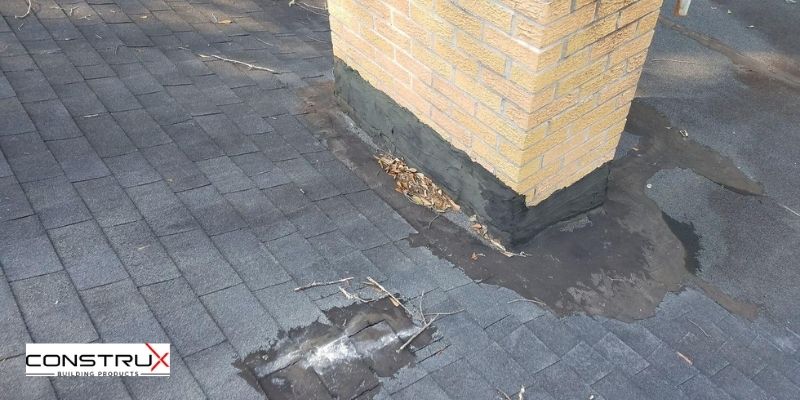
Flashing is the installation done around any projection that intersects with your roof. Such projections may include skylights, chimneys, walls, or rakes of your home. If any of the sealing around your home's flashing is separated or damaged, water can leak into your home. Likewise, expansions and contractions may cause it to open and close. This will eventually cause the lifting up of the flange, allowing water to enter your home.
Problems with flashing may be a result of improper installation at times. Properly installed flashing may also develop problems after several years of service. It is best to consult a professional for proper assessment if you notice this sign. When a new shingle is installed in your home, the professional may need to re-flash all projections that intersect with your roof to prevent leaks.
3. Rusted gutters and chimney cap
When the gutters on your roof rust, your shingles expand and contracts frequently. This can lead to leakage problems in your home. Rust problems are the most common after the winter season, though, it can happen all season as well. Cold weather during the winter season will cause the accumulation of ice. This ice accumulation will eventually compromise your seams. If this is frequent and the freezing temperature consistent, it can cause ice dams which may block the gutter. On the other hand, if the weather is warmer, regular rainfall during the winter period may lead to the accumulation of water, rust, and then overflow.
Also, bad chimney caps may be a result of the deterioration of your home's shingle. Aside from that, it will make your roof look bad. It will not function properly as well. If the chimney is well-designed, water will not be able to run out of it, and rodents and pests will not be able to enter and build a nest in it.
4. Algae and mold growth
An airborne alga that gets deposited on the roof tends to grow. This growth changes the appearance and looks of your roof. When this growth becomes excessive, your home’s shingles get damaged, and worse still, water begins to leak in. The sight of a roof with stains from algae is unpleasant to the eyes. Sighting a discolored roof is a sign that your shingles may be damaged.
Quite similar to algae growth, mold can also be a problem to your home's shingles. Mold damage is a result of problems with your gutter systems. Gutters that are separated into segmented pieces may not have the right kind of ventilation. When the ventilation is not proper, it will not be able to keep dry between rainstorms, leading to mold problems.
Mold grows freely in spaces where different metal pieces cover each other. Moisture is hidden between the spaces of the metals, and mold can originate and spread to other places. As the mold spreads, your shingles rot. Having a seamless gutter helps to avoid this problem.
5. Rotten fascia boards
Rotten wood around the roofline of your home is not a good sight to behold around the roofline of your home. When the fascia board gets bad, it may be an indication that your home's shingles are damaged. Bad rotten wood can cause water leakage into your home. Likewise, it can result in structural damage. When you see any rotten fascia board, it is best your call a professional roofer to come help assess your shingles, and make a replacement if required.
6. The appearance of dark patches on your roof
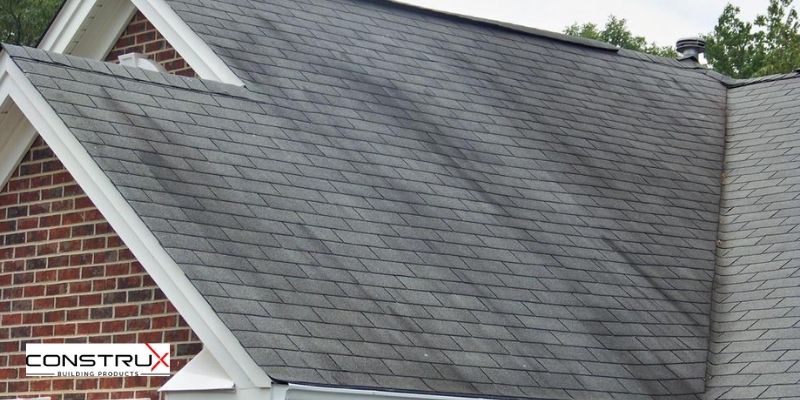
The buildup of debris and dirt on your shingles can cause dark patches to appear on them. Dark patches appear because debris and leaves from plants and trees have accumulated on your home's shingles over time. This allows the growth of agents like algae and mold to grow.
The growth of these agents causes the degradation of your roof. When your roof is degraded, leaks happen, and it gets damaged structurally. If you notice this, it is time you call a professional roofer to come to assess your roof shingles.
Conclusion
Damage, no matter how small can cause significant structural issues to your home. The problem with your home's roof shingles is no different. Damaged roof shingles can result in water leakage into your home. However, a damaged shingle presents itself in different ways.
The signs that tell you that your shingles are damaged have been discussed. Take time to inspect your home's exterior. If you find a spot with any of these signs on your roofing shingles, call a professional roofer for a proper assessment.



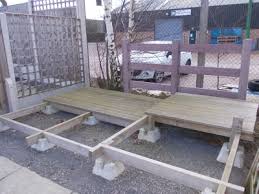
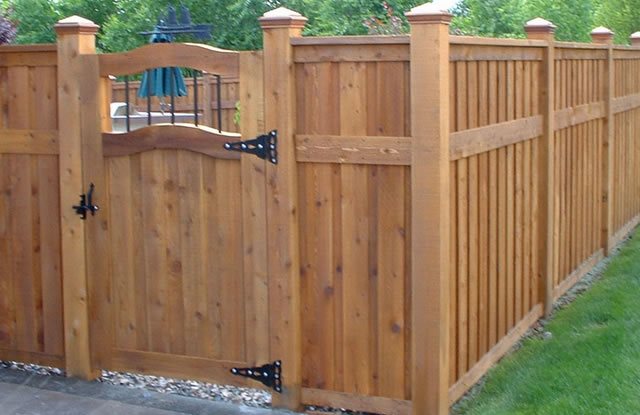
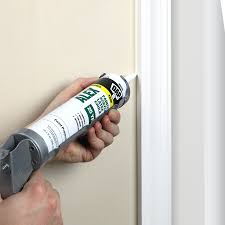

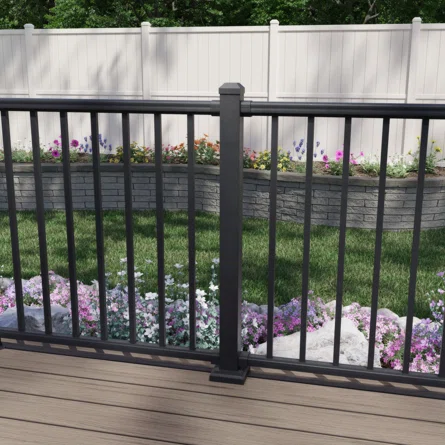
COMMENTS